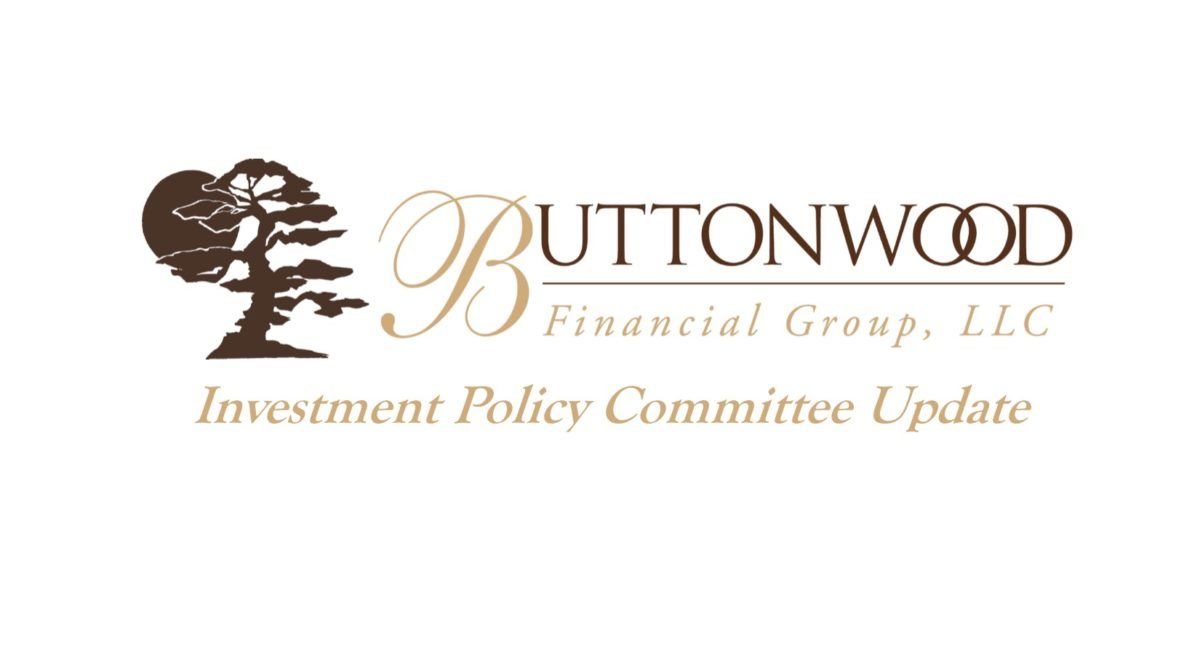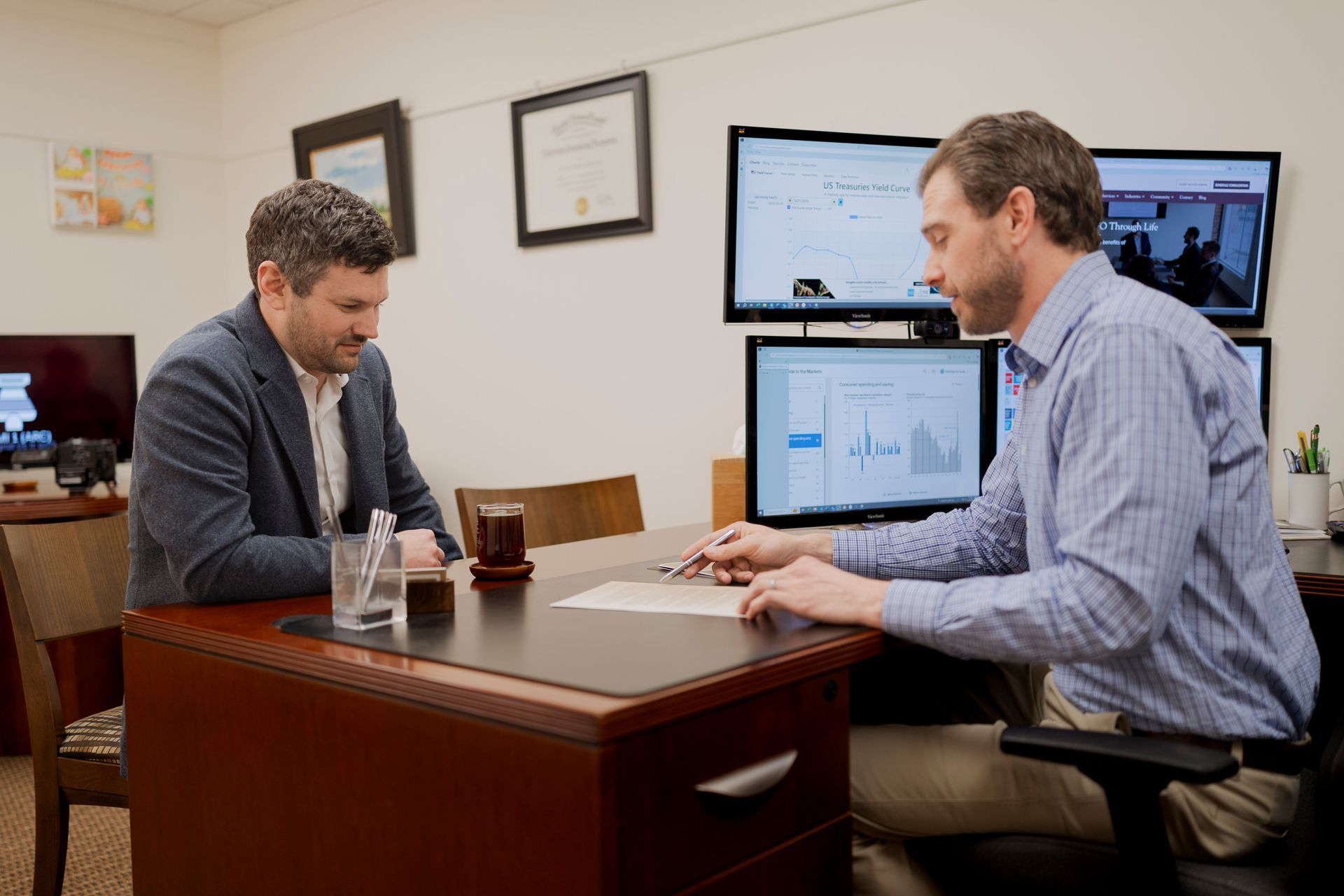Buttonwood Investment Policy Committee Update – July 2020
As the second half of the year advances, predictions about the trajectory of the economy continue to be released. “You’ll see a big V in terms of the economy going up for the next few months because it’s been closed,” says Blackstone CEO Steve Schwarzman , though it may “take quite a while before we sync up and get back to 2019 levels.” Bill Ackman , Pershing Square hedge fund manager said he believes the recovery will begin by year-end and sees a normalization of the economy in the second half of 2021. Last week, Jaime Dimon of JPMorgan Chase commented, “Despite some recent positive macroeconomic data and significant, decisive government action, we still face much uncertainty regarding the future path of the economy.”
Everyone has an opinion, however many of the opinions conflict with one another. A good part of the reason for the inconsistency in predictions has to do with the fact we are in uncharted waters. When this happens, we go back to basics for some logic: Over time, the stock market will go up or down based on earnings of companies within the various indices that make up the market. Therefore, investors in the stock market tend to think about what earnings trends will be in the next year or so, not what we are living through today.
Not in decades, maybe not ever, have we seen a health crisis of this nature, nor have we ever seen a single event create a planetary government-mandated shutdown. We are starting to learn the short-term implications of COVID (death rates, etc.), but we have much to learn about the longer term (chicken pox now, and years later shingles). We have also never seen such ‘creative’ worldwide government stimulus be rolled out at the level we are experiencing today. We hear the question all the time: With all the unknowns, both COVID and “rule of un-intended consequence” economic related, how do we position assets for more consistent rates of return? We set a “Base Case” and prepare to adapt.
Defining the Base Case
If you have followed our communications for any length of time you know we keep a close eye on the economy when determining our base case; and thus defining asset allocation and ultimately specific investments. Again, back to basics: The economies of the world are made up of “business cycles.” These cycles are part of our world and reflect our very human boom / bust tendencies. About ¾ of the time our economy is growing, meaning about ¼ of the time it is shrinking (in recession). JP Morgan provides a good visual of these cycles with the grey lines showing time in recession:
Where are we today?
Our theme for 2020 has been to “participate but defend.” We set this theme by having a base case and adapting as new information has been presented. With dramatic market moves this year, we have been much more active than normal; and so far, this proactive strategy has served us well.
In 2019 our base case was set with the idea we were in the later stages of the economic cycle (markets were up because of the anticipation of higher future corporate earnings, not because of actual earnings). Higher stock prices without the earnings behind the valuation implies more risk. Because of our base case of increased risk in the markets, prior to 2020, we greatly decreased investment risk in our allocation and specific investments. (We shifted to more defensive stocks, sold oil, sold real estate, sold junk bonds, etc).
We held tactical cash from December 2019 until March of 2020; the period where the markets went down to adjust for the fact COVID would cause a collapse in earnings. When the markets set a technical bottom in late March we invested some of the cash. “When you get lemons, make lemonade.” With stocks down, in April, for taxable investment accounts, we implemented a series of tax-loss harvest transactions to reduce tax bills for 2020 and beyond. In early June, as the markets staged a big rebound from the March lows, we executed a full rebalance, once again reducing overall stock exposure and bringing investments back in line with our base case and target allocations. And with the Fed continuing to reiterate ‘ lower interest rates for longer’ our latest adjustment in the second week of July, reduced our overweight to short maturity bonds (1.9 year duration), and added those sale proceeds to longer maturity bonds (5.4 year duration).
What’s next?
In mid-June, the National Bureau of Economic Research, the group tasked with defining when we are in recession, said the US recession officially began in February 2020. (the fastest decision in the 40-year history of declarations.)
We continue to review the logic behind our base case and move forward. As we commented in May , our base case is for a “U” bottom and we continue our positioning around this today. This means we expect waves of optimism and pessimism in the markets tied to opening and closing of the economy until we have a COVID therapeutic and/or vaccine the general population believes is effective. As such, we believe it will likely take a couple of years before we see of a consistent recovery in corporate earnings. This runs contrary to the “V” bottom the stock market is presenting so we are more ‘defensive’, yet still invested so we can ‘participate.’
It’s important to note there are other significant trends we have woven into our base case. We believe 0% rates from the Fed and trillions of dollars of stimulus from Congress and the Treasury should help to keep a floor under the markets. We believe there will be another round of stimulus. We know much of the world is ahead of the USA in slowing the rate of COVID and therefore likely ahead of the US in the economic cycle. We also know that not all sectors of the economy are being impacted the same: Big tech is powering ahead and smaller companies are continuing to struggle. As these trends continue to unfold, you will see us adjust allocations and specific investments to reflect the coming realities.
With the focus of the Buttonwood Investment Policy Committee being to produce a more consistent rate of return over full economic cycles, we remain invested but defensively positioned. With a more consistent rate of return, we have a much higher probability of projecting future values, thus cash flows from investments for a smoother financial ride through life.
If you have specific questions about our strategy, please let us know and we will review details at our next meeting. And while we don’t recommend fixating on short term market fluctuations, if you would like to check specific performance of your investments across all your accounts, our Buttonwood Portal is available 24/7. Or you can contact us and we can provide reports specific to your questions and financial life.
Thank you for your trust and allowing us to serve as your Family CFO. Stay safe and enjoy the summer sun with friends and family!
The post Buttonwood Investment Policy Committee Update – July 2020 appeared first on Buttonwood Financial Group, LLC.
Recent Buttonwood Articles
Are you ready to explore the benefits of your very own Family CFO?







